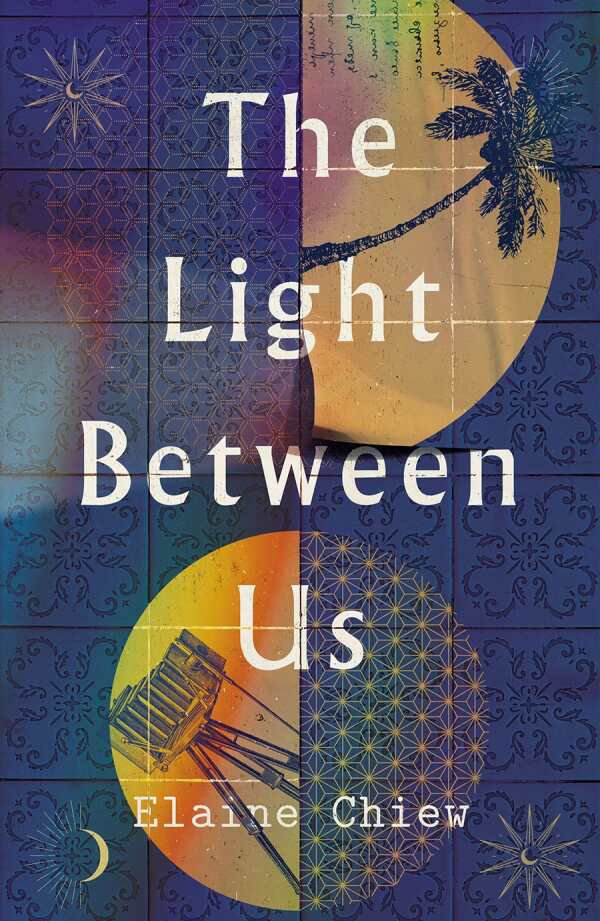
The Light Between Us
A Chinese photographer in colonial Singapore and a museum archivist forge a connection through their yearning, time-crossing correspondence in Elaine Chiew’s mesmerizing speculative novel The Light Between Us.
In 1920, Tian Wei runs a popular studio. When he spies a glass negative that’s dated with a future time, he’s curious. In 2019, Charlie is an archivist who lives among “historical ghosts.” Strange glimmerings occur, and her computer receives a letter from the past, signed by Tian Wei, concerning Aiko, a missing Japanese girl. This stirs empathy within Charlie, who otherwise restrains her emotions.
Unfurling fascinating histories and layering cities upon cities (here, the post-Versailles Treaty version of Singapore is marked by anti-Japanese prejudices, a brewing Kuomintang presence, and multilingualism, whereas contemporary Singapore is a sophisticated, art-filled stage for Charlie’s tense reckonings with her wealthy stepfamily), the novel trades between its vibrant leads. The two are similar in multiple ways—including in that they’re both outsiders in their respective circles. Further, mysterious details surround Aiko’s disappearance and the “quantum entanglement” that permits Charlie to learn about it.
The duo’s time-defying, flourish-filled letters intensify over time. In them, Tian Wei cultivates British affectations, and Charlie employs a puzzling scientific vocabulary. As unspoken questions about how their improbable entanglement might conclude gather, a powerful theme is revealed: photographic theories allow vulnerable Charlie to make sense of her pain and desire. Though her encounters with Tian Wei are fleeting, they leave lasting imprints.
A tender, inventive exploration of diaspora histories, The Light Between Us is a spectral novel in which art joins two star-crossed lovers.
Reviewed by
Karen Rigby
Disclosure: This article is not an endorsement, but a review. The publisher of this book provided free copies of the book to have their book reviewed by a professional reviewer. No fee was paid by the publisher for this review. Foreword Reviews only recommends books that we love. Foreword Magazine, Inc. is disclosing this in accordance with the Federal Trade Commission’s 16 CFR, Part 255.
